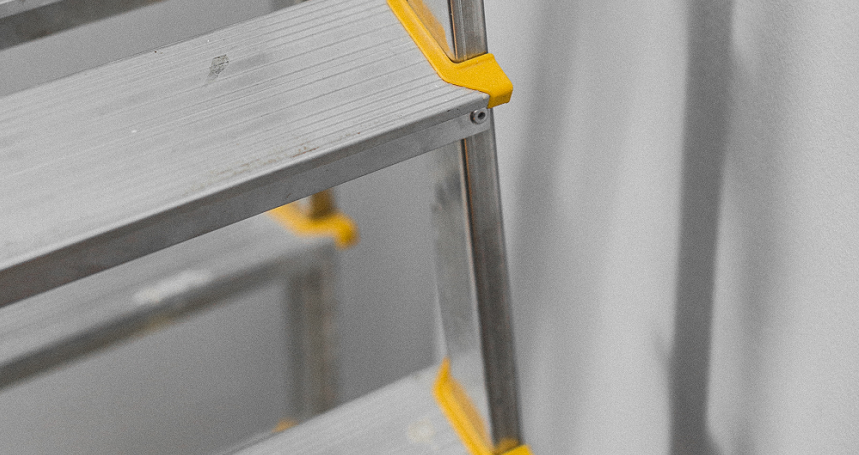Church ladders
27 May 2021
Ladders and stepladders are commonly used in churches. They are a practical option for low-risk tasks and there is no ban on their use. However, they must be used with caution.

Safe use of ladders
When using ladders, make sure that they:
- are the right type for the job and suitable for their intended use
- inspected to check for any defects before use and regularly thereafter
- adequately maintained with defects being repaired promptly
- properly stored when not in use.
Users will also need to take care not to overreach or overload the ladder, making sure it is appropriately positioned, footed and/or secured.
If you are an employer, you may have other responsibilities to make sure ladders are used safely. You can find more information on using ladders in our church ladders guidance notes.
More tips for using ladders safely
Only use ladders or stepladders when there are no safer options (e.g. completing the work from ground level, using an existing place at height with adequate protection).
Choosing ladders and stepladders that meet recognised standards (e.g. EN 131)
Check ladders and stepladders are suitable before use (i.e. strong, robust and long enough) and in good working order (e.g. no missing or broken rungs, no damaged stiles).
Use the equipment in accordance with manufacturer’s instructions, design or load capabilities; without standing on the top rung, stretching or leaning out too far.
Use appropriate weighting at the foot of the ladder and where necessary, have it tied securely at the top.
Ensure adequate information or training is provided for those required to use ladders.
When storing ladders, ensure unauthorised users do not have access.
Don’t make alterations to equipment (e.g. ladders should not be painted as this can hide defects).
Make sure adequate lighting is in place while any work is being carried out
Avoid contact with overhead electricity lines.